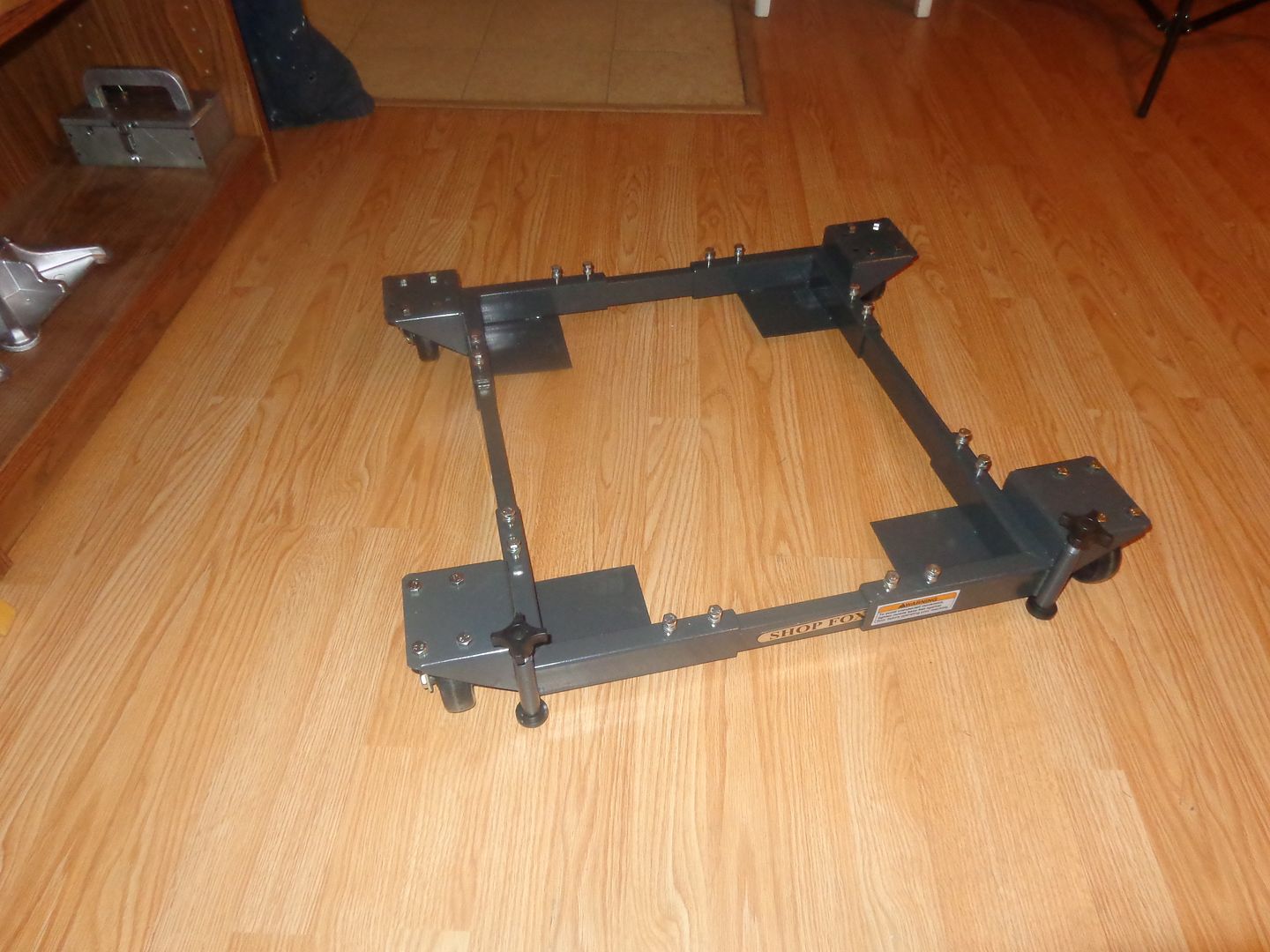For all you Canadians out there, who might consider buying this CX601 mill from BusyBee tools--A word of caution!! My old CT129 mill was set up so that each increment on the X and Y dials was .002" of table travel, and one full turn of a dial moved the table an exact 0.100". This made for a very easy mental calculation to determine how far you moved the table in either the X or Y axis. For some unknown reason, this new mill is .0025" movement for each graduation, and the table moves an exact 0.125" for one full turn. I checked this with a dial indicator, and it is correct.----This moves things into the realm of impossibility to do any kind of mental calculation of how many full turns and graduated marks you must turn the dials to move a given distance.----So---If you buy this mill, be prepared to use a calculator to figure out every move of the mill table, or shell out close to $1000 for a two axis DRO set-up. In my opinion, this is just about the stupidest thing I have ever seen. Caveat Emptor!!! (Buyer Beware.) If I had known about this before I bought the mill and got it home, I wouldn't have bought this particular mill.




































![MeshMagic 3D Free 3D Modeling Software [Download]](https://m.media-amazon.com/images/I/B1U+p8ewjGS._SL500_.png)





































